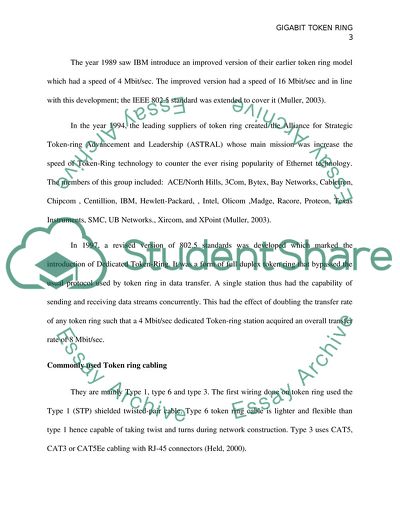Cite this document
(“Gigabit Token Ring Research Paper Example | Topics and Well Written Essays - 2000 words”, n.d.)
Gigabit Token Ring Research Paper Example | Topics and Well Written Essays - 2000 words. Retrieved from https://studentshare.org/information-technology/1640195-gigabit-token-ring
Gigabit Token Ring Research Paper Example | Topics and Well Written Essays - 2000 words. Retrieved from https://studentshare.org/information-technology/1640195-gigabit-token-ring
(Gigabit Token Ring Research Paper Example | Topics and Well Written Essays - 2000 Words)
Gigabit Token Ring Research Paper Example | Topics and Well Written Essays - 2000 Words. https://studentshare.org/information-technology/1640195-gigabit-token-ring.
Gigabit Token Ring Research Paper Example | Topics and Well Written Essays - 2000 Words. https://studentshare.org/information-technology/1640195-gigabit-token-ring.
“Gigabit Token Ring Research Paper Example | Topics and Well Written Essays - 2000 Words”, n.d. https://studentshare.org/information-technology/1640195-gigabit-token-ring.


